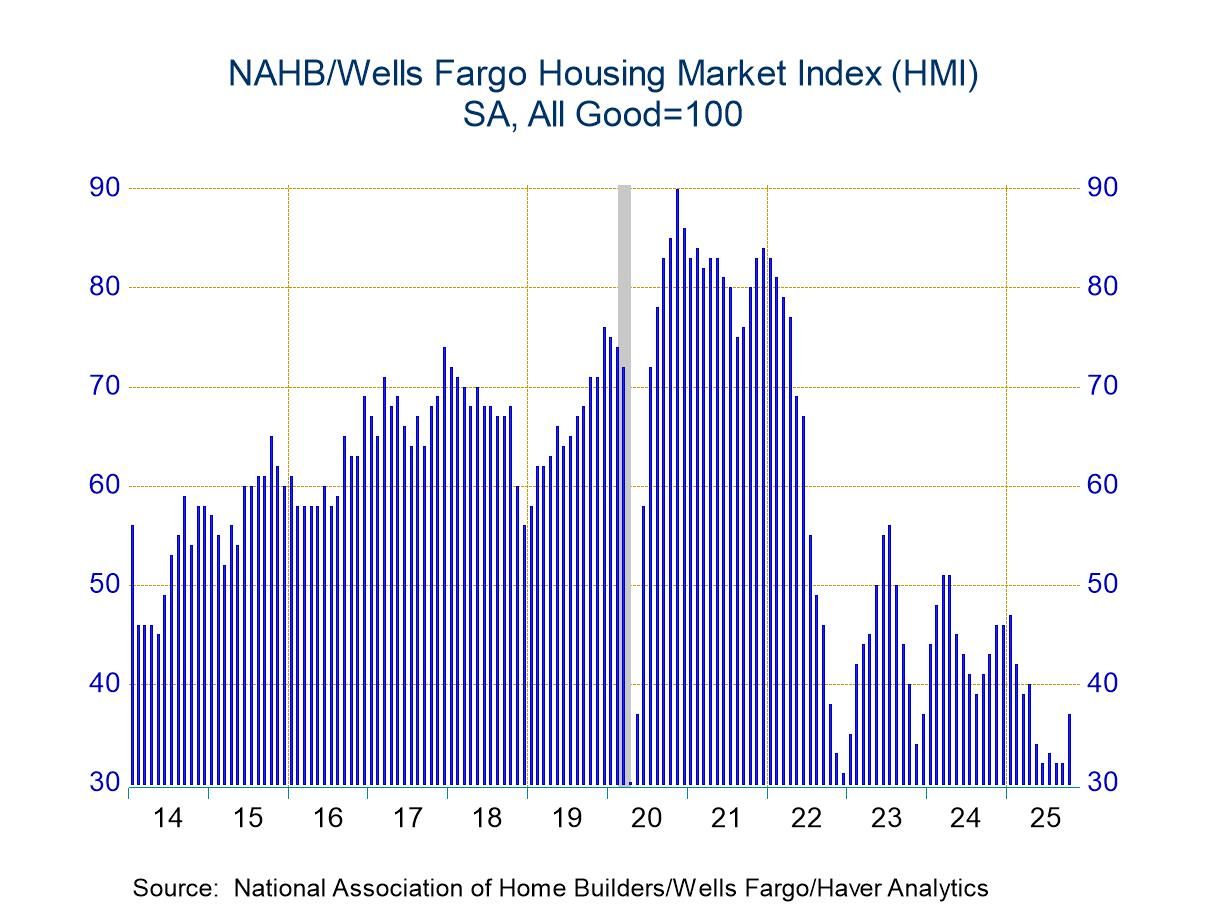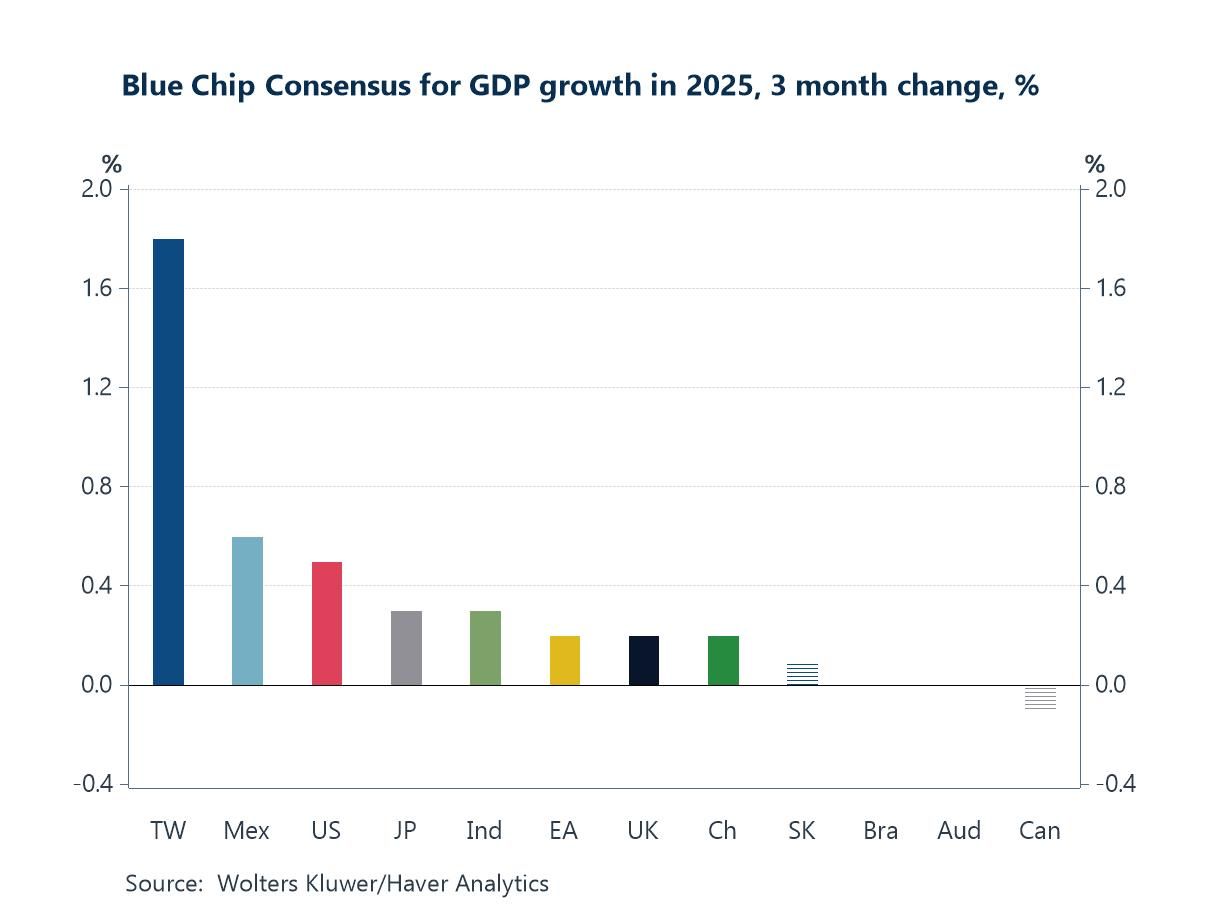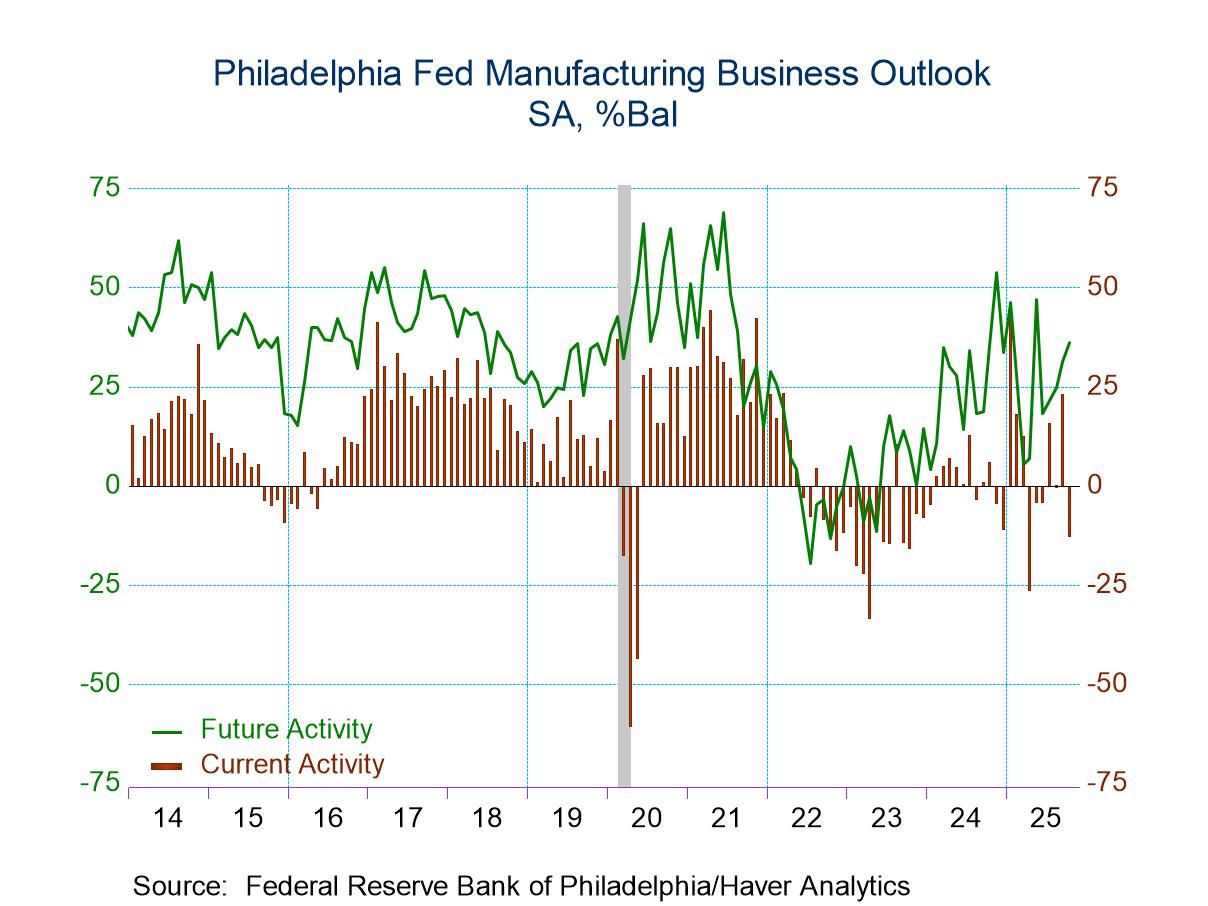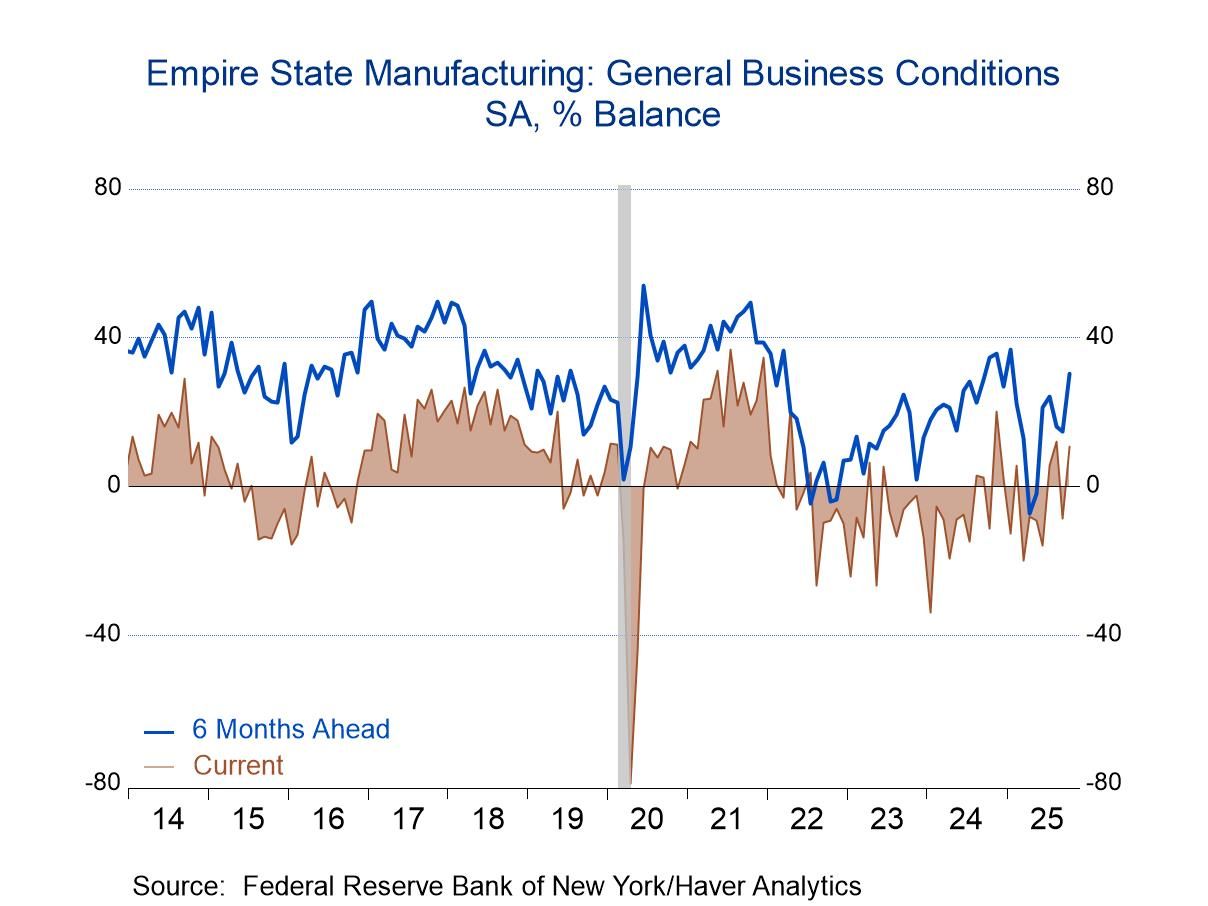 Global| Mar 01 2011
Global| Mar 01 2011U.S. Construction Spending Declines Again
by:Tom Moeller
|in:Economy in Brief
Summary
Builders were kept off the job during January for the second consecutive month by severe winter weather. The value of construction put-in-place fell 0.7% following a revised 1.6% December decline, originally reported as down 2.5%. The [...]
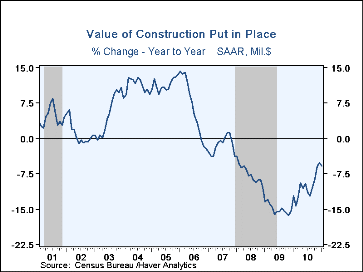 Builders were kept off the job during January for the
second consecutive month by severe winter weather. The value of construction
put-in-place fell 0.7% following a revised 1.6% December decline, originally
reported as down 2.5%. The latest figure equaled consensus expectations.
Builders were kept off the job during January for the
second consecutive month by severe winter weather. The value of construction
put-in-place fell 0.7% following a revised 1.6% December decline, originally
reported as down 2.5%. The latest figure equaled consensus expectations.
Nonresidential building posted a large 6.9% decline after a 1.5% December drop. Building in the lodging sector fell 18.2% (-47.4% y/y) and power construction fell 11.8% (+0.1% y/y). Healthcare building fell 6.4% (-2.0% y/y) while amusement and recreation building activity fell 6.2% (-3.2% y/y). Residential building activity increased 5.3% (-7.7% y/y) as spending on improvements surged 10.5% (-8.7% y/y). Single-family building curiously again ticked up 0.8% (-4.8% y/y), though not seasonally adjusted activity fell 7.0%, the same as in January 2010. Multi-family building activity slumped 2.9% (-20.1% y/y) after a 7.2% December drop.
Public construction activity was roughly unchanged after a lessened 1.7% December decline. Highways & streets construction slipped 0.8% but the y/y increase of 11.3% is a sign of the developing focus on infrastructure rebuilding. Highway construction amounts to one-quarter of the dollars spent on public sector building. Office building slumped 3.7% (-20.3% y/y) and power facilities building dropped 5.9% but remained up by nearly one-half from last year. Conversely, commercial construction rose 7.2% (-1.6% y/y) while water supply construction increased 3.0% (18.4% y/y)
The construction put-in-place figures are available in Haver's USECON database. The expectations figure is contained in Haver's AS1REPNA database.
| Construction Put in Place (%) | Jan | Dec | Nov | Y/Y | 2010 | 2009 | 2008 |
|---|---|---|---|---|---|---|---|
| Total | -0.7 | -1.6 | 0.1 | -5.9 | -10.3 | -14.9 | -7.5 |
| Private | -1.2 | -1.6 | 1.9 | -10.5 | -14.2 | -21.9 | -12.2 |
| Residential | 5.3 | -1.7 | 1.2 | -7.7 | -1.2 | -29.9 | -29 |
| Nonresidential | -6.9 | -1.5 | 2.6 | -13.2 | -23.3 | -15.0 | 10.5 |
| Public | 0.1 | -1.7 | -2.6 | 2.9 | -3.0 | 2.2 | 6.6 |
Tom Moeller
AuthorMore in Author Profile »Prior to joining Haver Analytics in 2000, Mr. Moeller worked as the Economist at Chancellor Capital Management from 1985 to 1999. There, he developed comprehensive economic forecasts and interpreted economic data for equity and fixed income portfolio managers. Also at Chancellor, Mr. Moeller worked as an equity analyst and was responsible for researching and rating companies in the economically sensitive automobile and housing industries for investment in Chancellor’s equity portfolio. Prior to joining Chancellor, Mr. Moeller was an Economist at Citibank from 1979 to 1984. He also analyzed pricing behavior in the metals industry for the Council on Wage and Price Stability in Washington, D.C. In 1999, Mr. Moeller received the award for most accurate forecast from the Forecasters' Club of New York. From 1990 to 1992 he was President of the New York Association for Business Economists. Mr. Moeller earned an M.B.A. in Finance from Fordham University, where he graduated in 1987. He holds a Bachelor of Arts in Economics from George Washington University.





